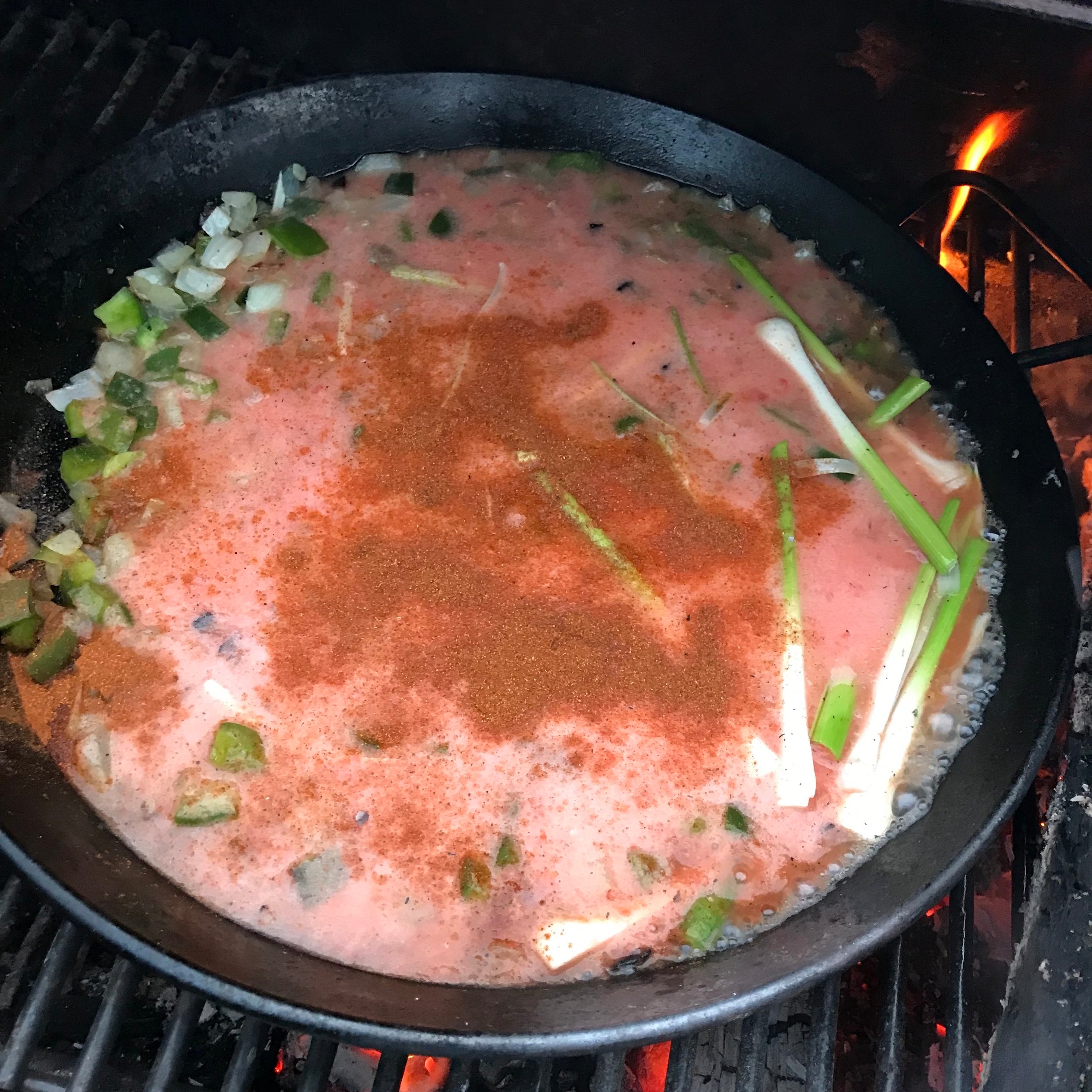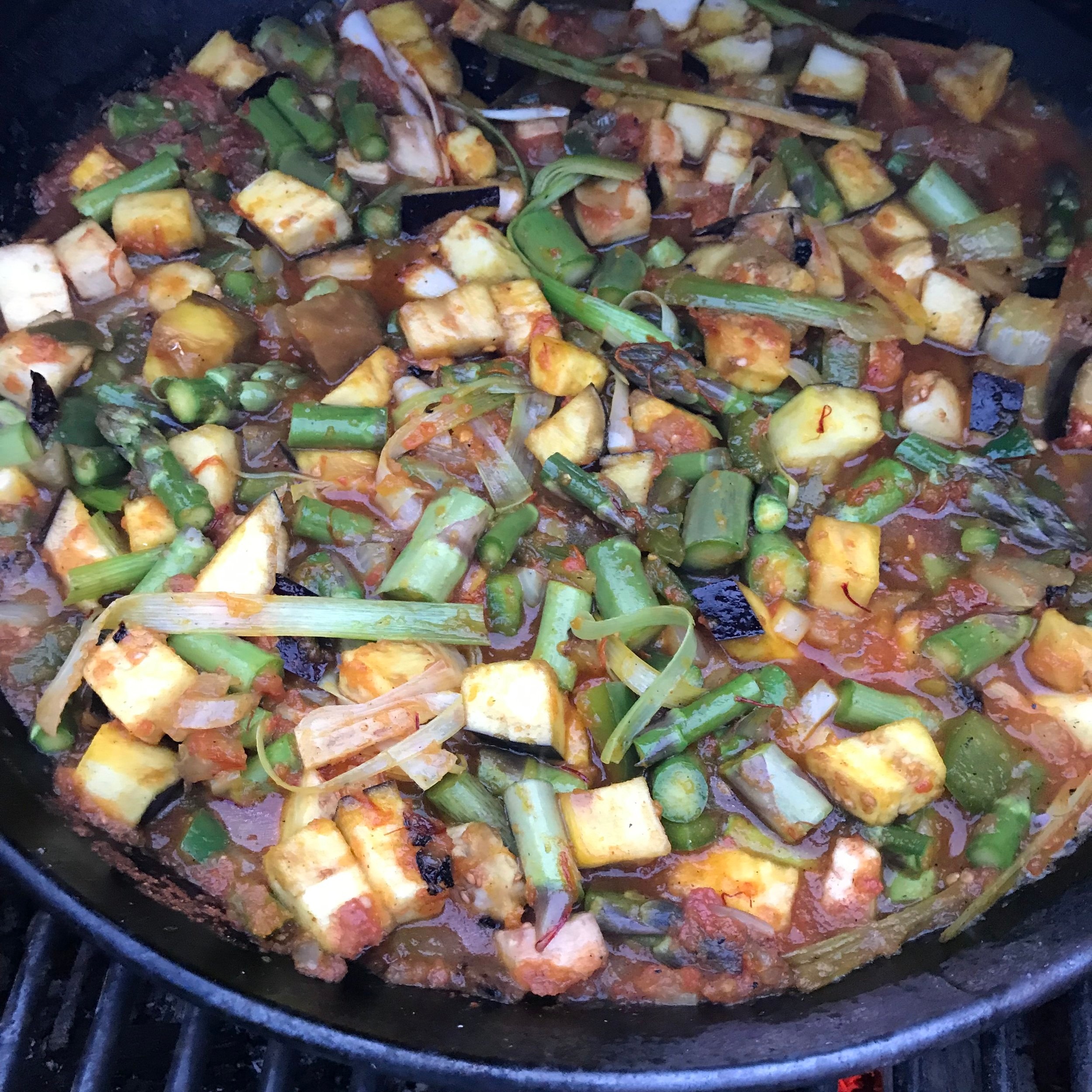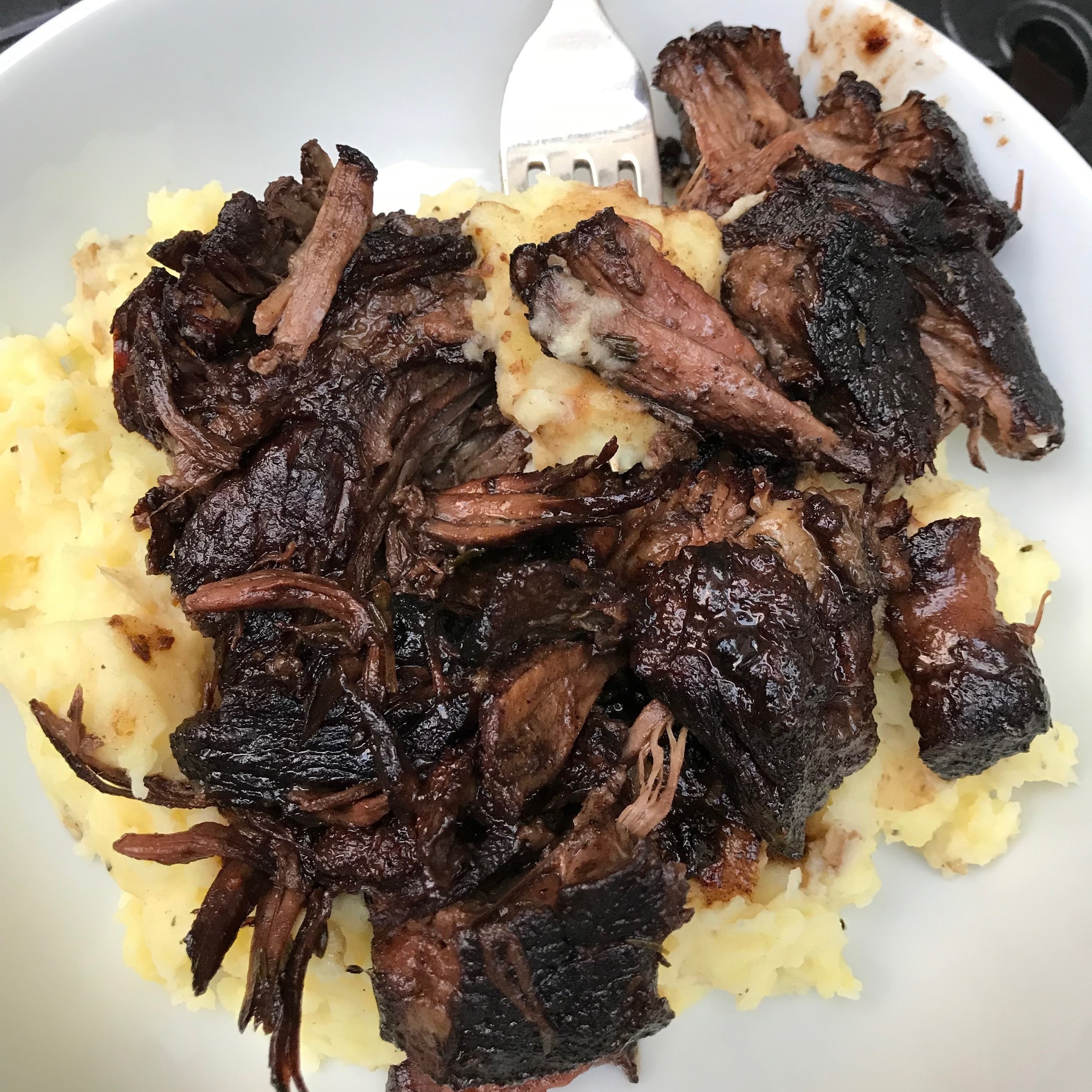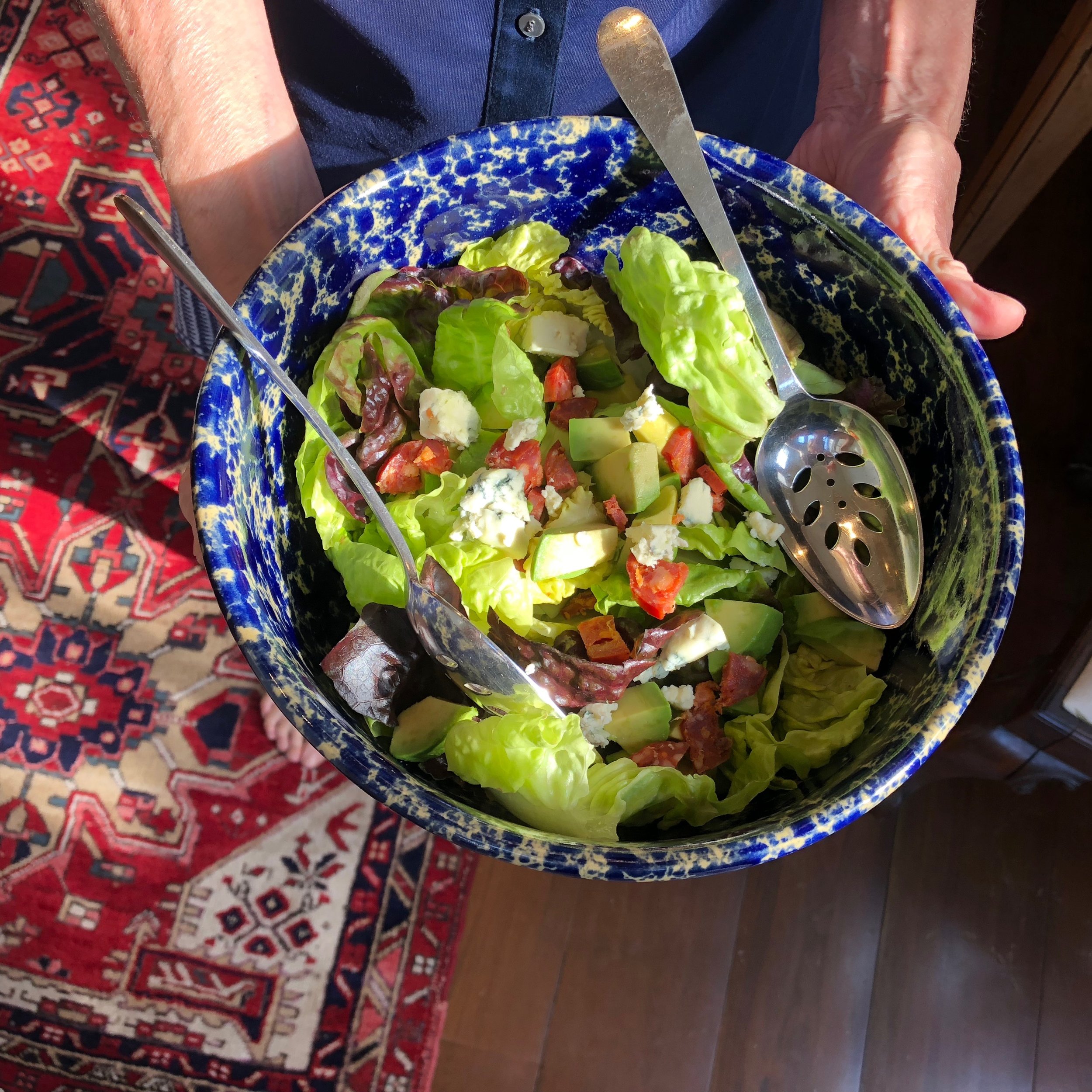Milk Punch was first recorded William Sacheverell’s 1688 travelogue from the Scottish isle of Iona. The earliest written recipe for it appeared in a 1711 cookbook; then there was Benjamin Franklin in 1763 making his clarified milk punch with brandy and lemon added to hot milk. (Clarified milk punch is a glass of translucent and elegant liquid, fantastic indeed but time consuming to make. For now, we bring you the easier milky version.)
Milk punch reached the height of popularity in the middle of the 18th century. Queen Victoria issued a royal warrant in 1838 to Nathaniel Whisson as "purveyors of milk punch to Her Majesty”. A different sort of Queen, in a different era, the 20th C. Queen Mother used to tell her butlers, “You old Queens, get this old Queen a drink!” Yet another Queen by the name of Cleopatra supposedly bathed in the white stuff. Did she do that right before Marc Anthony ravaged her? Was milk bath the magic that drew Caesar into her web?
In today’s world, milk punch has made a comeback. This year in particular is perfect for milk punch, one reason being it isn’t really meant for a punch bowl. A bowl is just too much milk punch, unless you are bathing the baby. You cannot, must not, drink this stuff all night long. Milk punch is for making one or two at a time, shaking each batch to get that foamy froth. They are not alcoholic lattes but could be mistaken for one!
Another reason milk punch is the right beverage for this year: comfort and familiarity. All of us started life with our mother’s milk, or from a bottle. Milk may bring a feeling of safety and security. Yet milk punch is different enough to be fascinating and these juxtaposing characteristics set the stage for guests to feel safe and open up. There is something about milk punch helping to get us there, being our first beverage and all that.
Milk punch gives a sheen to a holiday party, however small that party might be. I entertained a tiny group on Saturday night. We started out with milk punch cocktails, then we switched to our regular drinks, and the secrets started to spill. Wouldn’t you like to know what was revealed? Sorry, I am a vault. But I can share that milk punch set the stage.
As cocktails have grown more fabulist, hyper intellectual, or just plain weird over the last 15 years, bartenders worth their muster feel they must create, like a professor trying to achieve tenure, so they mix new drinks with crazy ingredients and silly names. Sometimes we long for plain and normal, a classic that has stood the test of time, vestige of good old days, maybe even the days of 1688 or 1711. Since our old world is utterly changed, a new one struggling to be born, milk punch fits the times.
The other stuff that turns milk into punch: Cognac or bourbon. Simple syrup. Nutmeg.
COGNAC
Victor Hugo called cognac the “liquor of the gods”. Cognac is a symbol of French luxury, distilled twice, between October 1 and March 31. Cognac is brandy but not all brandy is cognac. Got that?
BOURBON
We Southerners know all about bourbon, especially in Charleston, and just ‘cause you may be from Kentucky doesn’t make you a world expert on the big brown liquor. Bourbon is made from at least 51% corn, but rye and barley make it more beautiful.
SYRUP
In order to incorporate sugar into a drink, it needs to be dissolved first or you’ll end up with a sandy mess (an effect only desired in mint juleps — come back this spring to learn more!).
Simple syrup is simply made by pouring equal parts water and sugar into a saucepan. 1 : 1. The following numbers are easy too, our favorite kind of math at the Academy. Cook over medium heat for 3 minutes until sugar dissolves. Store for up to 2 weeks in the refrigerator or 6 months in the freezer. Please don’t let us hear about any of you buying a bottle of simple syrup you didn’t make yourself. You might end up sitting with the dunce hat in our corner.
NUTMEG
Why does McCormick pack 12 spheres of nutmeg in a bottle where one nutmeg by itself lasts several years? Dear Mr. McCormick: Not one of us needs jars of spice this size for anything at home. Spices lose their essence before we use a quarter of the bottle.
Nutmeg grows on 40' trees in Indonesia, French Guiana and India. The fruit looks like an apricot. The pit inside is nutmeg. For those who want more trivia…the red lace covering the pit is mace. Only one pound of mace can be removed from a hundred pounds of nutmeg. So, there you have it! A useless tip to toss around.
One more useful factoid to note: nutmeg’s aroma disappears quickly so you must ground it fresh on top of the milk punch. For that you will need a microplane.
ABOUT PROPORTIONS…
You do not always have to stick to proportions on recipes, though the Academy preaches you should. When a classic is right, do not mess with it! Find something else to mess with.
However, I messed with many milk punches on Saturday doing my due diligence for this blog. I do not like sweet drinks, but many recipes call for too much, at least for my taste. That’s why I was messing around. And then there were more weighty decisions, such as, bourbon or cognac? How unsweet can a punch be? How much milk does a milk punch need? At least I had my little posse of dinner guests to help me with the big decisions. Milk punch is a lovely appetizer drink. It does a beautiful job of saying: Welcome to my party, and to the holiday season. Let our night begin.
Ingredients:
1/2 oz simple syrup
1.5 milk
2 ounce booze
nutmeg
Put in a shaker with ice. Shake, shake, shake until frothy about 20 seconds. Strain in a glass. Garnish with freshly grated nutmeg. Enjoy!

![Suzanne and a guest converse at the debut of our collaboration with J. McLaughlin… [Credit: Niki Nero Photography]](https://images.squarespace-cdn.com/content/v1/527a76b5e4b07965b54b1e2b/1624580300103-2D53HRPRQT5A5J8RQHUZ/9M3A0296.jpg)
















![[Illustration, Pepperidge Farm Cookbook, c. 1970]](https://images.squarespace-cdn.com/content/v1/527a76b5e4b07965b54b1e2b/1562898301853-QB95KDNXY296AADYSSPP/gallery_hero_2152176-original.jpg)



























